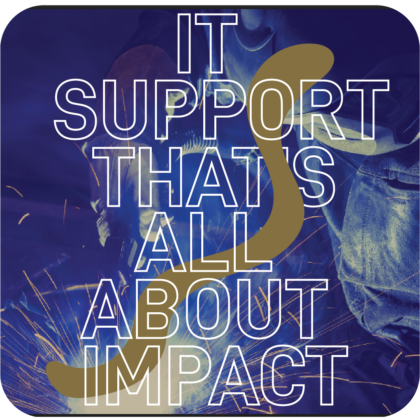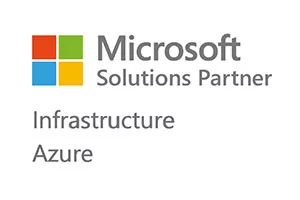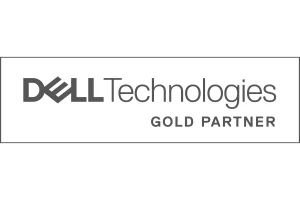
legacy systems
A better legacy starts with your IT.
Just when IT starts to feel outdated, you might hear the familiar criticism that legacy tech is holding you back. Reimagine what that legacy looks like – with CSI.
Are Your Resources Up the Challenge?
Legacy is an overused (and often ill-used) work when describing IT systems. A legacy system is likely to be old in IT terms, but that doesn’t necessarily mean its usefulness is over.
In many cases, these are the systems that a company depends on to run its business.
They’re composed of many thousands of lines of code and are extremely valuable in terms of the knowledge they contain about organisations’ business processes.
Most classic systems still running today have been refined through an iterative process spanning many years.
Unless a business’s knowledge transfer capability is world-class dismantling a legacy system’s architecture may risk losing the built-in institutional knowledge.
And this is gigantic risk to any company.
How Can We Help?
"*" indicates required fields
Can You Reimagine Your Legacy?
Mission-critical legacy systems pose two major challenges for technology executives:
-
- they want to squeeze all the value they can out of the technology,
- they also recognise that they need to integrate legacy applications into new functionality.
Of course, the first pressure complicates the second.
Few companies have the luxury of being born in the cloud with no technical debt and organisations with legacy systems need to analyse what they are dealing with. At its simplest this involves focusing separately on the hardware, operating system and application code. The app may be dependent on a particular version of O/S – and that in turn can only run on certain version of hardware.
If the hardware is out of support, can the app run on an upgraded platform? If so, companies should make the move – very often newer generation technology is faster, cheaper to maintain, uses less energy and can reduce software licensing by offer more per-core performance.
Upgrade paths must include cloud-based alternatives to purchasing new kit from the Capex budget. If the app simply can’t be moved, is there a specialised managed service provider (MSP) that can support the old platform while an eventual migration is planned?
Where a new platform is a possibility, there are options to modernise the application. The well-known Gartner Five Rs of app migration lists these as: Rehost (aka lift and shift), Refactor, Re-architect, Rebuild or Replace. Keeping the legacy app could be classed as Retain.
The application modernisation journey can start by surrounding existing applications with new innovative cloud-native services.
For example, a bank can complement a core system that provides services for deposits, withdrawals and balance inquiries with a cloud-based location service to find the nearest ATM. Even in a ‘Retain’ scenario, a legacy system doesn’t have to act as an anchor preventing a company from taking advantage of cloud-native efficiency and flexibility.

Recommended Topics for Legacy Systems
Cyber Security
Market-leading security solutions for a healthier, more secure posture.
Learn more
Application Modernisation
Achieve efficiency, reliability and performance like never before.
Learn more
IBM Power Services
Run legacy versions of IBM hardware and software to support critical systems of record.
Learn more
Unlocking Opportunity for our Clients

Education
Northampton College
Learn how Northampton College smartened up its systems while simplifying management by refreshing its IT infrastructure.

Transport & Logistics
Supply Chain Logistics Provider
Learn how this logistics provider improved availability and reduced risk in its legacy IBM Power Systems with new cloud-based platforms.

Financial Services & Insurance
Investment Firm
Learn how this online investment firm adopted the cloud to ensure core applications are available in a high-performance environment.




